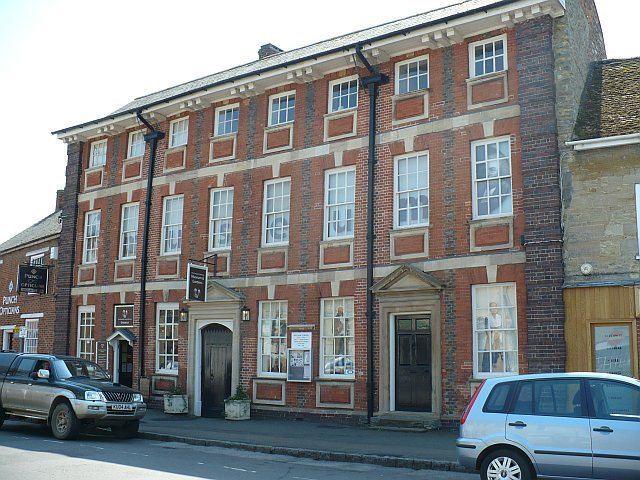Phone +44 1234 711516 | ||
 | ||
Hours Closed now Tuesday10:30AM–4:30PMWednesday10:30AM–4:30PMThursday10:30AM–4:30PMFriday10:30AM–4:30PMSaturday10:30AM–4:30PMSundayClosedMondayClosed Similar Emberton Country Park, St Mary Woolnoth, Milton Keynes Museum, Buckingham Old Gaol Museum, Coronation Chair Profiles | ||
The cowper and newton museum olney buckinghamshire
The Cowper and Newton Museum is a museum in Olney, Buckinghamshire, England, in the Borough of Milton Keynes. Celebrating the work and lives of two famous local residents: William Cowper (1731–1800) a celebrated 18th-century poet; and John Newton, a prominent slave trade abolitionist who was curate in the local church. Together, Cowper and Newton wrote the Olney Hymns, including one of the world’s most popular hymns, Amazing Grace.
Contents
- The cowper and newton museum olney buckinghamshire
- The cowper and newton museum gardens june 2012
- History
- References
The cowper and newton museum gardens june 2012
History
The Museum building is original to the Georgian era and is presented as it would have been when William Cowper was its resident in 1768 to 1786. Within the Museum’s collections are the literary works and personal effects of William Cowper showing a detailed insight into Georgian life and a fine collection of lace and local history artefacts. The history of Olney is also presented in the Olney Rooms within the museum.
It has two unique gardens of outstanding horticultural interest as only planted with specimens introduced to England before 1800. The Flower Garden & Summerhouse Garden. Originally the Summerhouse Garden belonged to the apothecary who lived next door to Orchard Side. After Thomas Aspray’s death, Cowper was allowed the use of this former medicinal and herbal garden. Selected friends were allowed to visit him in the unique building in the centre of the garden, which he described as his ‘verse manufacturey’. After the poet’s death in 1800, admirers of his works visited this small ‘literary shrine’ and many inscribed their names and dates on the walls and ceiling, the earliest found being 1802! all of which can still be seen today.
The museum first opened in 1900. It is housed in a large red-brick Georgian house, called Orchard Side, on the corner of Market Place in Olney.
The vicarage is close by, where Cowpers friend and clergyman John Newton (1725–1807), wrote the hymn Amazing Grace. Newton and his wife are buried in the local churchyard.
The museum is promoted by the Campaign to Protect Rural England. and is a charitable trust run almost entirely by volunteers.
